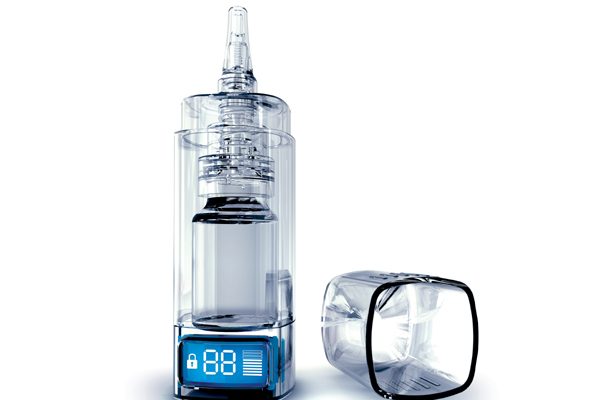Introduction
Nasal drug delivery offers a promising avenue for pharmaceutical innovation, providing numerous advantages over traditional routes of administration. By harnessing the unique properties of the nasal cavity, this approach enables enhanced bioavailability, convenience, and targeted delivery, among other benefits.
Enhanced Bioavailability
One of the primary advantages of Nasal drug delivery is its ability to achieve enhanced bioavailability compared to oral administration. Through the nasal mucosa, drugs can be rapidly absorbed into the bloodstream, bypassing the gastrointestinal tract and liver metabolism, thus avoiding the first-pass effect. This results in higher drug concentrations in the systemic circulation, leading to increased efficacy and faster onset of action.
Convenience and Ease of Use
Nasal drug delivery offers a non-invasive and user-friendly alternative to conventional routes such as injections or oral tablets. Patients can easily self-administer nasal sprays, eliminating the need for healthcare professionals and reducing the associated costs and inconvenience. This accessibility promotes better patient compliance and adherence to treatment regimens, particularly for chronic conditions requiring frequent dosing.
Rapid Onset of Action
The nasal route provides direct access to the highly vascularized nasal mucosa, allowing for rapid absorption of drugs into the bloodstream. This results in faster onset of action compared to oral medications, making nasal delivery especially beneficial for conditions requiring immediate relief, such as allergies or acute pain management.
Improved Patient Compliance
By offering a more convenient and less invasive mode of administration, nasal drug delivery helps overcome barriers to treatment adherence. Patients are more likely to comply with prescribed regimens when they can administer medication easily and without discomfort. This is especially significant for populations with aversions to needles or difficulties swallowing pills, such as children or the elderly.
Nasal Drug Repositioning
Nasal drug repositioning, In addition to its primary benefits, nasal drug delivery has sparked interest in drug repositioning, or the discovery of new therapeutic applications for existing drugs. By leveraging the unique characteristics of the nasal cavity, researchers can explore alternative uses for established medications, leading to expanded treatment options and improved patient outcomes.
Nose-to-Brain Delivery
One of the most exciting developments in nasal drug delivery is the concept of nose-to-brain delivery, which involves targeting drugs directly to the central nervous system (CNS). By bypassing the blood-brain barrier, nasal delivery enables more efficient drug delivery to the brain, offering new possibilities for treating neurological disorders such as Alzheimer’s disease, Parkinson’s disease, and migraine.
In conclusion, nasal drug delivery represents a promising approach to pharmaceutical delivery, offering a range of advantages including enhanced bioavailability, convenience, and targeted delivery. By unlocking the potential of this innovative delivery system, researchers and clinicians can revolutionize drug therapy and improve patient care across a wide range of medical conditions.



